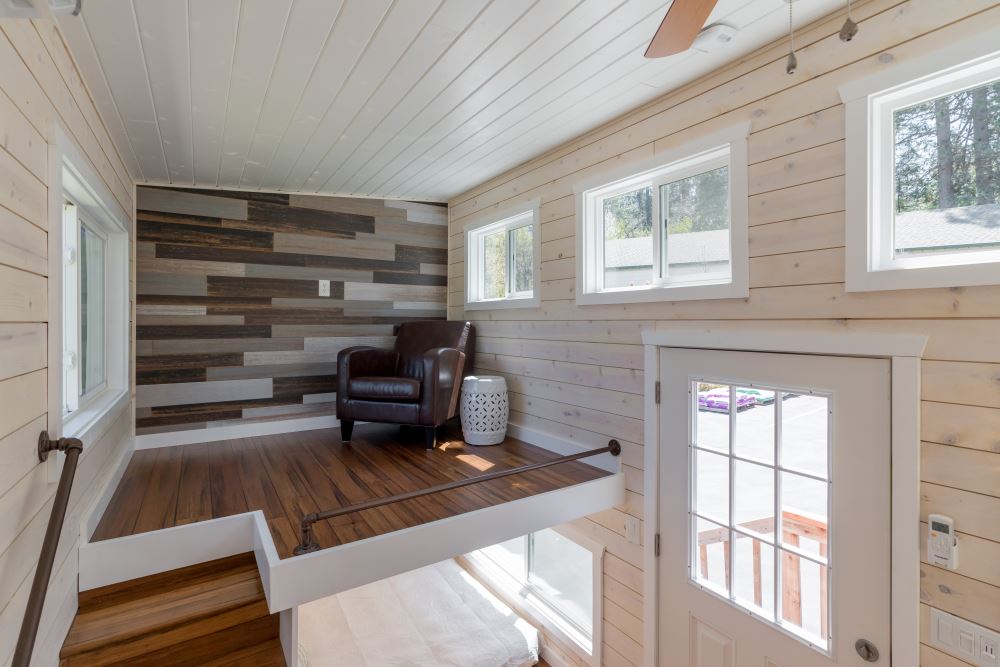Table of Contents
ToggleAs the world continues to grapple with climate change, more and more people are looking for ways to reduce their carbon footprint and live a more sustainable lifestyle. One solution that has gained popularity in recent years is the tiny home movement. These small homes are typically less than 500 square feet and are designed to be energy-efficient, affordable, and environmentally friendly. In this article, we will explore why tiny homes for sale are the future of sustainable living.
Introduction
The concept of tiny homes originated in the United States in the 1990s and has since spread to other parts of the world. Tiny homes are often built on wheels and can be moved from one location to another. They can also be built on a permanent foundation. The primary focus of these homes is to reduce their environmental impact while also providing an affordable housing solution.
What are Tiny Homes?
Tiny homes are typically defined as a dwelling with a living space of fewer than 400 square feet. These homes can be built on a trailer or a foundation and come in a variety of styles and designs. Some are designed to be completely off-grid, while others are connected to traditional utilities like water and electricity.
There are several benefits to living in a tiny home. One of the most significant benefits is the reduced cost of living. With less space, you’ll have fewer expenses on utilities, maintenance, and repairs. Additionally, tiny homes are often more energy-efficient than traditional homes, which can result in lower energy bills.
Energy Efficiency
One of the primary benefits of tiny homes is their energy efficiency. Due to their small size, they require less energy to heat and cool, which reduces the overall carbon footprint. Many tiny homes are also designed to be off-grid, meaning they rely on renewable energy sources like solar panels, wind turbines, or hydroelectric power.
Cost-Effective
Another significant benefit of tiny homes is their affordability. The cost of a tiny home can range from $20,000 to $100,000, depending on the design, size, and materials used. This makes them a more affordable housing option for many people, especially in areas where the cost of living is high. Additionally, tiny homes often have lower maintenance costs, as they require less energy and water to operate.
You Can Read Also : Things to Know About Remodeling a Mobile Home
Environmental Sustainability
Tiny homes are designed with environmental sustainability in mind. They often use recycled or repurposed materials in their construction, which reduces waste and helps to conserve natural resources. In addition, the small size of these homes often means that they require less land to build, which can help preserve natural habitats and ecosystems.
Flexibility and Mobility
Tiny homes offer a level of flexibility and mobility that traditional homes cannot match. They can be moved from one location to another, which allows homeowners to explore different areas without having to sell their home. Additionally, many tiny homes are designed to be multi-functional, which means they can be used for a variety of purposes, such as a home office, guest house, or vacation home.
Conclusion
In conclusion, the tiny home movement is gaining popularity for a reason. These small homes are affordable, energy-efficient, and environmentally sustainable, making them an excellent housing option for those looking to reduce their carbon footprint and live a more sustainable lifestyle. With their flexibility, mobility, and customizability, tiny homes are the future of sustainable living.
FAQs
- How much do tiny homes cost?
The cost of a tiny home can range from $20,000 to $100,000, depending on the design, size, and materials used. - Are tiny homes legal?
The legality of tiny homes varies by state and city. It is essential to research local regulations before purchasing or building a tiny home. - What is the average size of a tiny home?
Tiny homes are typically less than 500 square feet in size. - Can tiny homes be customized?
Yes, tiny homes can be customized to fit the needs and preferences of the homeowner. - Are tiny homes environmentally friendly?
Yes, tiny homes are designed to be energy-efficient, affordable, and environmentally friendly.








